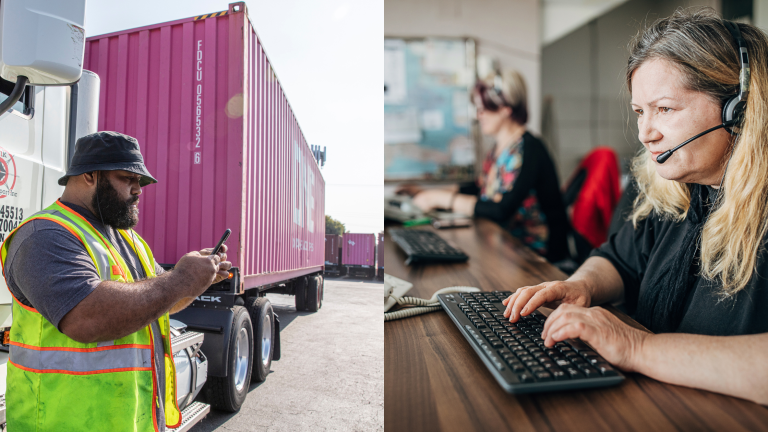The 2022 peak shipping season presents challenges like few others have. Even beyond soaring fuel prices, the driver shortage and port congestion are creating bottlenecks across different modes and forcing shippers to scramble for strategies.
And that’s before you consider many impacts of the pandemic, one of which was to accelerate the move toward e-commerce – which now accounts for more than 20 percent of global retail sales.
Just-in-Time isn’t cut out for the 2022 Peak Shipping Season...
All of this has disrupted what was once the widespread embrace of just-in-time delivery. With its roots in the Toyota Production System, manufacturers far and wide believed it made sense to keep as little inventory on hand as possible — to simply receive parts and pieces only when they were needed, and only in the quantities that would be used immediately.
The authors of just-in-time had never seen a peak shipping season like this.
Shippers and end users alike recognize how risky it is, with supply chains so twisted, to rely on just-in-time delivery of things they absolutely need to keep production lines running. All one must do is observe the impact of the computer chip shortage within automotive industry – which, not coincidentally, has been the leading practitioner of just-in-time for decades.
Is Just-in-Case the categorical answer?
The newly emerging model is just-in-case, which sees companies accepting the need to maintain some inventory and absorb the associated costs. It’s a hedge against the threat of a shutdown in the event a critical part or piece can’t be delivered just in time – or in time at all, given the challenges of the logistics world these days.
But just-in-case runs into a problem of its own. Inventory needs a place to go, and warehouse space is next to impossible to find.
Just-in-Case demands more than inventory
For Cory Bailey, vice president of marketplace at Envase, the path to a solution is found in the word resiliency.
“It’s become abundantly clear the weakness of the just-in-time approach is when you find you’re in a situation where the supply chain is not fluid, then suddenly you are out of stock,” Bailey said.
“So the attention has turned to how do we build more resiliency in our supply chains? There has been a process of building up inventory just in the past year, and half the inventory had to be built back up to replace the low stock in the pandemic.”
One answer, Bailey said, would be satellite distribution centers that could serve as an alternative to keeping inventory in retail spaces. But that presents two problems given the current state of the market.
“If you’re going to do that, it puts a lot more pressure on your trucking operations and your ability to move goods,” Bailey said.
It also means those satellite distribution centers must exist, and that’s a challenge given the high demand and relatively low supply of warehouse space.
According to Tom Burke, Envase’s chief innovation officer, the tight warehouse market could be further tested in 2024 when Christmas items are likely to be shipped many months earlier than normal.
“There will be additional cost of having to have it in inventory ahead of time, in case there’s a bump in the road,” Burke said. “I don’t think we have the warehouse space that could even account for that.”
The 2022 peak shipping season must be met with resiliency
Just-in-time is riskier than ever in a peak shipping season with so many complications to supply chains. Yet just-in-case demands either the costly storage of on-site inventory or the ability to find warehouse space that has proven elusive much of the year.
But remember: Resiliency is the key.
Envase has a broad view of the landscape and can help shippers and carriers find the balance they need to maintain resiliency at a time when pressure seems to be coming from all sides.
Contact us today to start a discussion about how to make this insight work for you.




